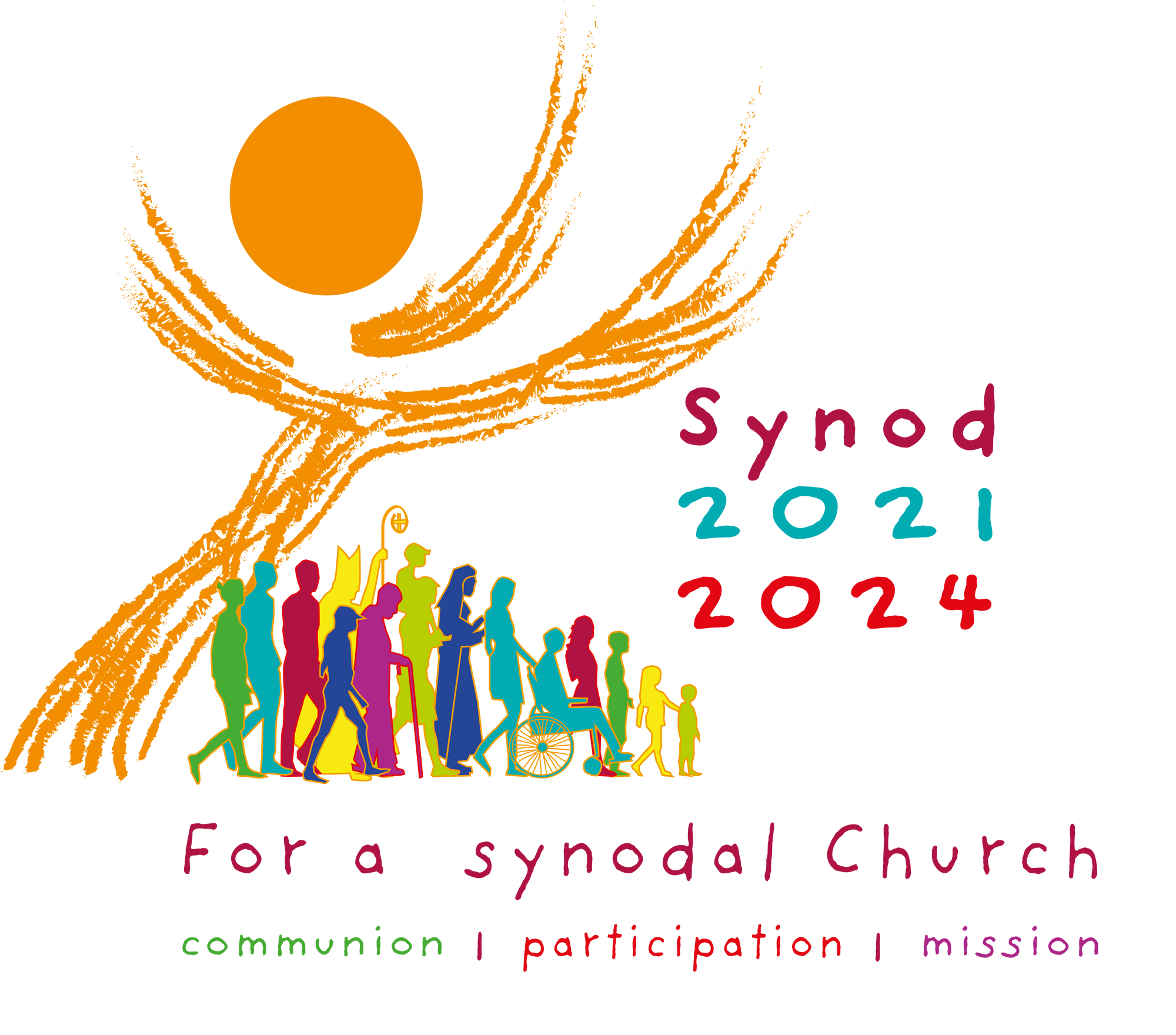Recently, the Instrumentum Laboris (IL), the working document for the first session of the 16th Ordinary General Assembly of the Synod of Bishops, was unveiled at a press conference. Cardinal Mario Grech, Secretary General of the General Secretariat of the Synod, explained that the IL isn't simply a product of the Holy See, but instead represents the voice of the entire Church. The document isn't theoretical in nature, but is instead the result of real-world Church experiences and a journey towards a deeper understanding of synodality, involving all members of the Church.
Cardinal Jean-Claude Hollerich, the General Rapporteur of the XVI Ordinary General Assembly of the Synod of Bishops, emphasized that the IL isn't meant to provide a final answer to the questions on synodality. It isn't a document that will be edited by the Synod participants and finalized by a vote. Rather, it serves as a fruit of the synodal process, giving rise to questions that the Synod participants can address.
Fr. Giacomo Costa, Consultor of the General Secretariat of the Synod, spoke on the unique methodology of the Synodal Assembly. He pointed out that the Synodal Assembly aims to discern the will of God, differing from parliamentary bodies where debates end in majority-minority decisions. He also explained that the Assembly's work will be segmented into five sections, with the final segment focused on consolidating the findings and formulating them into a communicable text. He underlined that this does not represent a conclusion but will lead to further collective exploration.
Finally, representatives from Lenten Action, the Synodal Team of SECAM, and the International Union of Superiors General gave testimonies on how the IL would be used to prepare members for the Synodal Assembly in October and the local synodal groups. These insights show how the IL is not just a working document, but an integral part of the ongoing journey of synodality.
The Instrumentum Laboris serves as a dynamic and evolving testament to the collective experiences, learnings, and future questions of the Church on the path to synodality.
